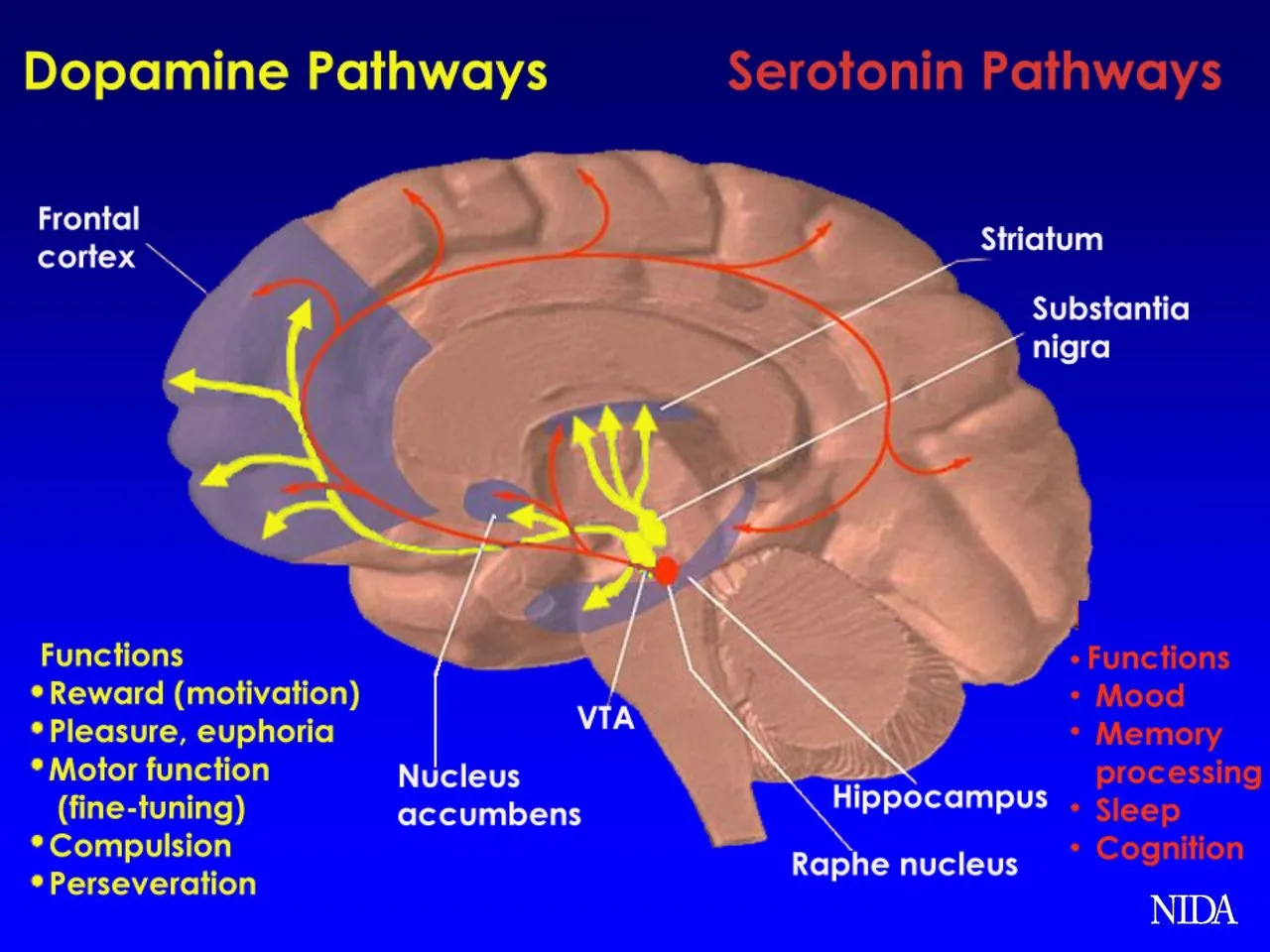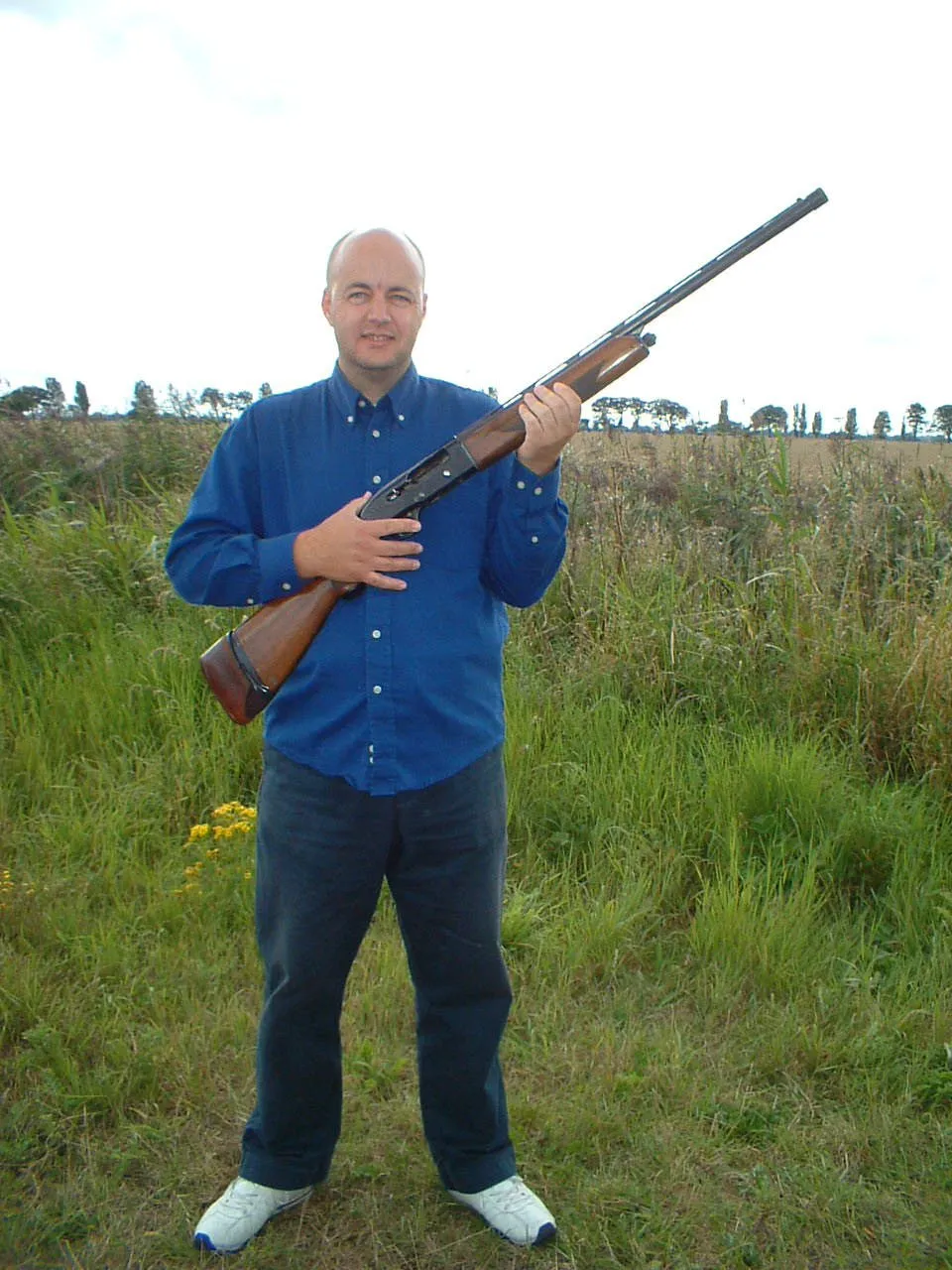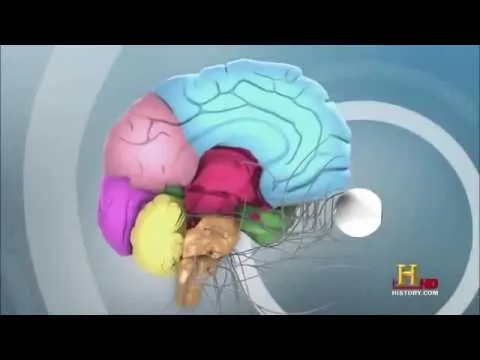It's been longer than I'd hope to get this ready for you but here it is - the fascinating information about the Physiological effects of using weapons during a violent act.
It makes a fascinating subject and one which prompts the open mind to look more deeply into something we are sadly having to get used to in our "enlightened" times.

Can a gun turn a gentleman into a monster? Can the physical act of holding and aiming a weapon increase the likelihood of violence? These are questions central to the ongoing conversation around the physiology of weapon use and violence, especially as in the current world we live in. With social and ethical enlightenment, use of weapons seem to paradoxically be on the increase.
Science sheds some light…
When a human picks up a weapon, the body’s adrenalin spikes, triggering an increase in the heart rate. Although these bodily reactions take only seconds, they can result in a mood-altering chemical release to the brain.
source
What are the actual implications of these bodily changes? Is there an actual physiological thrill to using a weapon that breaks the ‘learned’ acceptable behaviours we have?
The following will explore the neuroscience and physiology of weapon use. What exactly is happening on the pulling side of that trigger? Apparently, quite a bit of biology, unseen, unheard but potentially deadly.
In this case – it’s DOPE
For a quick lowdown - Dopamine is a major neurotransmitter, constituting one of the biggest signaling molecules in the brain. We feel the effects of dopamine release when we do things that make us happy, for example: when we’re pleasantly surprised or excited, curious, creative, have purpose – for instance during exercise, and more. It’s why we we feel better when we’ve found out something good or achieved that goal we’ve been aiming for - (dopamine plays its part in sexual arousal - Barry R. Komisaruk, PhD, professor of psychology at Rutgers University in Newark, New Jersey.)
The internal reflexes excite the brain and dopamine is the ‘lollypop’ the brain gets as a reward for dealing with whatever it was in a successful manner.
Dopamine is also closely related to the Fight or Flight reactions I have previously written about. Just think about your body when you have a fright, feel excited, achieved or aggressive or are getting aroused for that intimate moment. In all cases, the blood rushes, the heart rate has increased, skin moistens, breathing becomes a little faster, pupils dilate, hair stands on end… all to do with these amazing set of chemical reactions.
Dopamine belongs to the catecholamine family of neurotransmitters and produces the hormones epinephrine and norepinephrine, both of which play a role in the fight or flight response. Dopamine is metabolized from tyrosine and phenylalaline. Neurons that use dopamine as their primary neurotransmitter exist mostly in the midbrain.
source
The thing is, dopamine is also released whenever you encounter a mystery or take a risk. This is due to our brain’s incentive structure, which rewards exploratory attitudes and actions. Dopamine boosts skills through increased pattern recognition, attentiveness, information flow, heart rate, neurological quickness, and muscle firing time.
But on top of all these reactions, the primary function of dopamine is its role as a motivator. It is usually released when someone is expecting a reward. As dopamine is introduced into the brain, we hunger for even more of it until it becomes a preoccupation. This is a major driver of cocaine addiction. Drugs like cocaine function to increase dopamine but often have the consequence of hooking the user.
So Back To The Neuroscience of Firing a Gun
Firearms are perhaps the most deadly weapon known to man. According to the Center for Disease Control and Prevention, up to 33,736 individuals die annually from gunshots.
source
Naturally, firing a gun presents a rather stark risk. It also represents mystery—where will the bullet land? What will the damage be? Firing a gun requires pattern recognition. Dopamine is created by the very act of picking up a gun, and this neurotransmitter puts you in the zone for better weapon use by increasing your pattern detection.

If you were to take an MRS or PET scan of someone leaving a firing range, you’d find plenty of dopamine in their body. This all raises an important question. If guns create chemical reactions similar to those generated by cocaine use, are weapons addictive? It would appear that yes: to an extent, they absolutely are – or at least the action of using a gun is – or any weapon for that matter.
It isn’t hard to conclude that all of this has a danger for human society. Addiction is a real problem afflicting millions, and if firearm use is addictive, it may cause its ‘addicts’ to constantly chase an ever dwindling high through violent acts.
With gambling or drug use, addiction creates serious social and economic harm. With gun use, the harms may be even more horrific. Sometimes – in countries where possessing a gun is legal and almost socially required the thrill-seeking actions haven’t even got any more restraint upon them that what we perceive to be socially or morally acceptable, until it’s happened – and by then it’s too late.

PAS at a shooting range – very pleased with himself – personal photograph.
Have you ever seen the look on a person’s face when they are cleaning or hold a gun, or how when a shot hits a target spot-on, the firer is exhilarated? I have – and at the time I had to wonder at why? Heck, I even tried it myself and felt a mini-rush when I fired (but missed).
The thrill of inflicting violence is a dark but important addition to this ‘sport’.
This phenomenon might explain the horrific behaviors of serial killers, which reflect a continuous escalation characteristic of addiction. To explore this, we move our discussion to how weapons and behaviour are linked.
The Weapon's Effect
Most of us are unaware just how much the presence of weapons affects our behaviour and attitudes. Studies show that the act of holding a gun can make a person more aggressive. The presence of a firearm, as well, can actually stimulate acts of violence.
According to Leonard Berkowitz, Emeritus Professor of Psychology at the University of Wisconsin:
"Guns not only permit violence, they can stimulate it as well. The finger pulls the trigger, but the trigger may also be pulling the finger.”
In recent research, a vehicle driver who carries a gun in his car tends to drive more recklessly and aggressively than one who doesn’t.
Using a national sample, more than 2000 American drivers demonstrate that drivers carrying a gun in their car tend to make more abusive gestures to other motorists than the control group. About 23% of the treatment group followed other cars too closely. About 14% of drivers with a gun in the car drove more aggressively.
(Social Psychology and Human Nature, Comprehensive Edition
By Roy F. Baumeister, Brad J. Bushman)
As humans, we are naturally able to quickly identify harmful stimuli. Guns are no doubt a threatening presence in social life. They are far more harmful than the physical threats faced by our pre-historic ancestors, such as spikes, spears, poison, etc., and yet our biological nature tends to recognise the force of the gun and react in kind. Sometimes this takes the form of a defensive adrenaline rush. But it turns out that the presence of a gun can also make us more aggressive, whether we are faced with it or whether we are holding it.
A review of 56 studies indicates that a mere look at a gun can escalate aggression in people who are already angry. This research confirms the weapons effect and its roots in human physiology.
Conclusion:
Though we know the dangerous nature of firearms, its use in violence incidents continues to climb. And ironically, as guns become more harmful, their use as instruments of leisure and entertainment persists. To understand this paradox, we need not look further than the physiological thrill inherent to weapon use - the dopamine ‘lollipop’ our brain craves.
There’s no denying that our brains are wired to marvel at the gun’s bright flash, our body’s reflexive jolt to pulling the trigger, and the gunpowder’s enduring odour is a wonderful scent to some. This emotional and physical rush helps explain intense support for gun use in certain parts of the world, but more darkly, it also suggests that our brains and bodies may be encouraging more than mere recreation. The studies (some listed below) strongly suggest that our survival wiring may cause us to feel more aggressive when in the presence of a weapon. This means the thrill is not simply in weapon use, but in violent weapon use.
These dark realisations may be concerning, but it’s important to remember that our neurology and physiology had to adapt to an age of pre-societal survival of the fittest. Today we are stuck with those systems. Though we hopefully have the strength to avoid violence and aggression, the chemical rush of weapon use will always be a fascinating, if chilling, phenomena.
Footnote:
Whilst this post is predominantly about the use of guns, the same actions and reactions can, and do, occur with any weapon used. This is why, I believe, people who get thrills in riots or gang-fights, physically bullying and abusing, or even parents who (used to?) go over the top with physical / corporal punishments would use sticks, batons, clubs, slippers, belts – anything but their hand. The primeval urge to attack followed by the thrill is a hard one to conquer.
Further reading and resources used.
Neuroscientificallychallenged.com
Medicaldaily.com
Infographic on Biology behind Shooting
Forbes.com
Psychologytoday.com
Gun News
Books to read
Behavioral Neuroendocrinology
edited by Barry R. Komisaruk, Gabriela González-Mariscal
